Look, I’ve seen way too many businesses get burned by fancy forecasting systems that promise the moon but deliver nothing. When I first heard that companies using decent demand forecasting see inventory reductions of 10-30% while improving service levels by 15-25%, I was skeptical as hell. Having worked with businesses that couldn’t predict what customers wanted if their lives depended on it, those numbers seemed way too good to be true.
But here’s the thing – after digging through real implementations across every industry you can think of, I discovered that the right approach actually can transform how companies operate. ProcureAbility’s research shows that organizations implementing proper demand forecasting systems save thousands of hours through automation while achieving data-driven planning capabilities.
The real trick isn’t finding forecasting methods – there are plenty of those floating around. It’s finding ones that actually work without breaking your budget or driving your team crazy. I’ve dug up 25 real examples that show exactly how companies across different industries cracked the code on predicting demand, from Amazon’s billion-dollar inventory savings (yeah, we’ll get to that) to small craft breweries reducing overproduction by 15%.
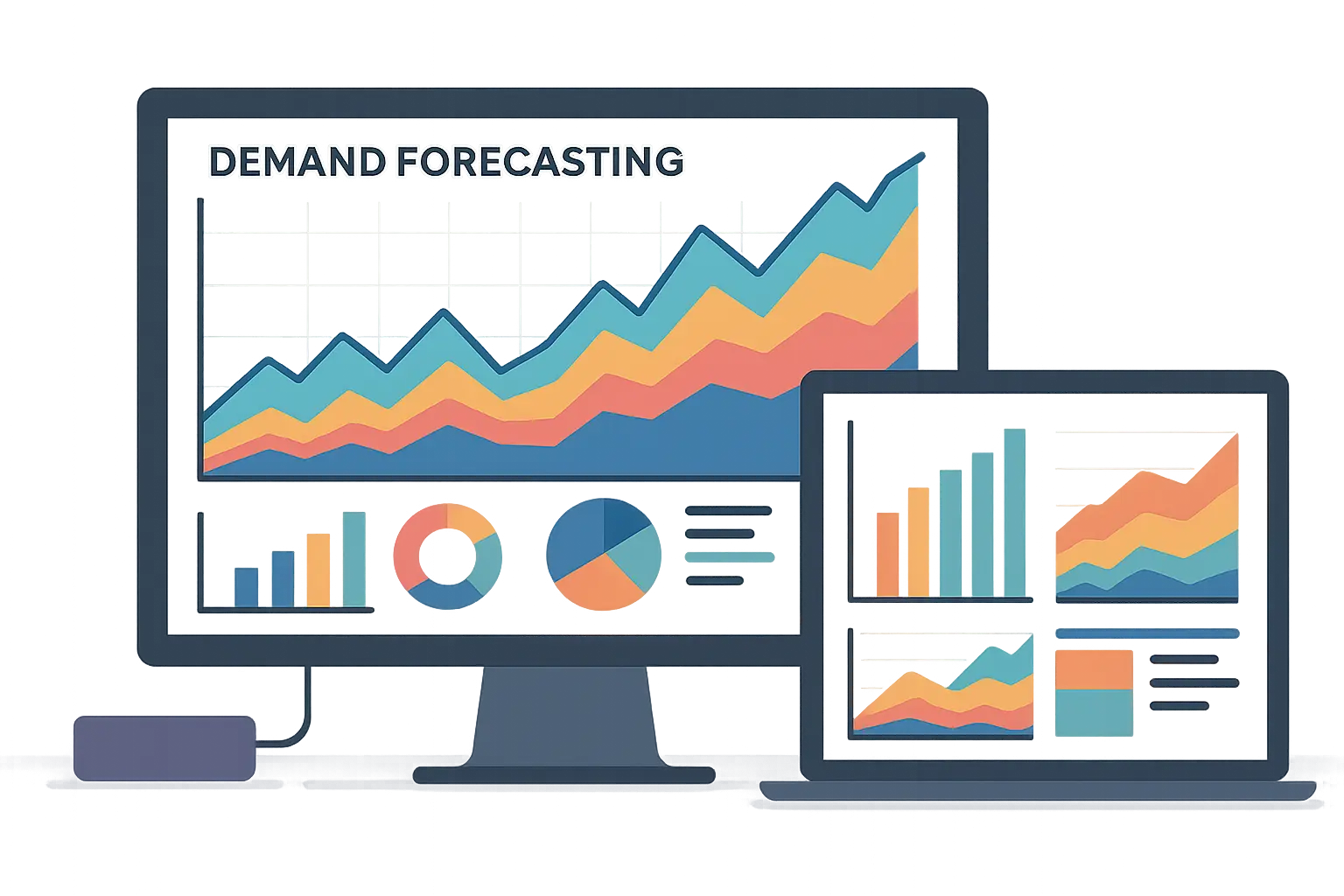
Table of Contents
-
What Actually Works (And What Doesn’t)
-
Retail and E-commerce Success Stories (Cases 1-5)
-
Manufacturing and Supply Chain Wins (Cases 6-10)
-
Technology and Software Breakthroughs (Cases 11-14)
-
Healthcare and Pharmaceutical Solutions (Cases 15-18)
-
Food and Beverage Innovations (Cases 19-22)
-
Energy and Utilities Transformations (Cases 23-25)
-
How to Figure Out What’ll Work for Your Business
-
Your Roadmap: From Simple to Sophisticated
-
The Bottom Line
TL;DR
-
Clean data beats fancy algorithms every single time – the best examples start with basic, solid data from multiple sources
-
Pick examples that match your actual business – don’t try to copy Boeing’s 20-year forecasting for your seasonal retail shop
-
Start simple and build up slowly – even Amazon began with basic statistical models before building their current AI-powered monster
-
ROI ranges from 50% to 500%+ depending on how complex you get and what industry you’re in
-
Small businesses can see huge results with basic tools, while big companies need sophisticated systems
-
The most successful setups combine multiple methods rather than betting everything on one approach
-
Timeline varies from 1 month for simple approaches to 36 months for complex enterprise systems
What Actually Works (And What Doesn’t)
You’ve probably seen plenty of forecasting case studies that sound amazing but leave you wondering how the hell to actually implement them. Honestly, most of them are pretty useless. The difference between helpful and worthless examples comes down to six things that determine whether you can actually replicate their success.
Here’s what nobody tells you – a good case study should show you exactly how to do it, not just brag about impressive results.
Data Foundation: Where Most People Screw Up
The best examples don’t just mention their data sources – they show you exactly how they collected, cleaned, and integrated information from multiple places. Companies like Amazon process millions of data points, but guess what? They started by mastering basic sales history and customer behavior patterns.
What separates winners from losers? They’re honest about data gaps and show you how they handled incomplete information. Real-world data is messy as hell, and the most honest case studies admit this while showing practical solutions.
|
Data Quality Factor |
Actually Helpful Examples |
Useless Examples |
|---|---|---|
|
Data Sources |
Lists specific sources with integration methods |
Vague mentions of “big data” |
|
Data Cleaning |
Details cleaning processes and gap handling |
Assumes perfect, clean data |
|
Historical Depth |
Specifies time periods and seasonal coverage |
No mention of data history requirements |
|
Accuracy Metrics |
Provides MAPE, MAD, and other specific metrics |
Claims “highly accurate” without proof |
|
Implementation Reality |
Shows before/after data quality improvements |
Focuses only on final results |
Industry Alignment: Why Context Beats Complexity Every Time
A pharmaceutical company’s 20-year forecasting model won’t help your seasonal retail business, no matter how impressive it sounds. The most useful examples share your industry’s seasonality patterns, customer behavior, and supply chain headaches.
I’ve seen too many businesses try to force-fit cool-sounding approaches from completely different industries. The craft brewery using weather data to predict beer sales? That’s way more relevant to most businesses than Boeing’s aerospace forecasting, despite the obvious complexity difference.
Think about it – a small sporting goods retailer trying to copy Boeing’s 20-year aerospace forecasting is just asking for trouble. Boeing predicts aircraft demand based on global economic growth and airline fleet replacement cycles over decades. The sporting goods retailer needs to predict seasonal demand for ski equipment based on weather forecasts and local economic conditions over weeks or months.
The retailer would get better results using a craft brewery’s seasonal approach (weather correlation, local events, seasonal patterns) than trying to adapt Boeing’s long-term methodology. The complexity mismatch wastes resources and delivers garbage results.
Methodology Transparency: Beyond the Buzzwords
Valuable case studies explain what they did, when they chose specific approaches, and why those decisions made sense. They compare multiple methods and show you real accuracy metrics like MAPE (Mean Absolute Percentage Error) and MAD (Mean Absolute Deviation).
You’ll see fancy terms like MAPE and MAD thrown around – basically, these just measure how wrong your predictions were. Don’t let the acronyms intimidate you.
The best ones admit when simple moving averages beat complex machine learning models. This honesty helps you match methodology to your actual needs rather than chasing whatever’s trending on LinkedIn.
Resource Reality Check
Here’s where things get real. Amazon’s system requires 50+ data scientists and millions in infrastructure. A craft brewery’s seasonal forecasting can be implemented by one person using Excel in a few weeks.
The most useful case studies clearly outline what technical expertise you need, what software to buy, and how long this will actually take. This prevents the common mistake of starting projects that are way beyond what your team can handle.
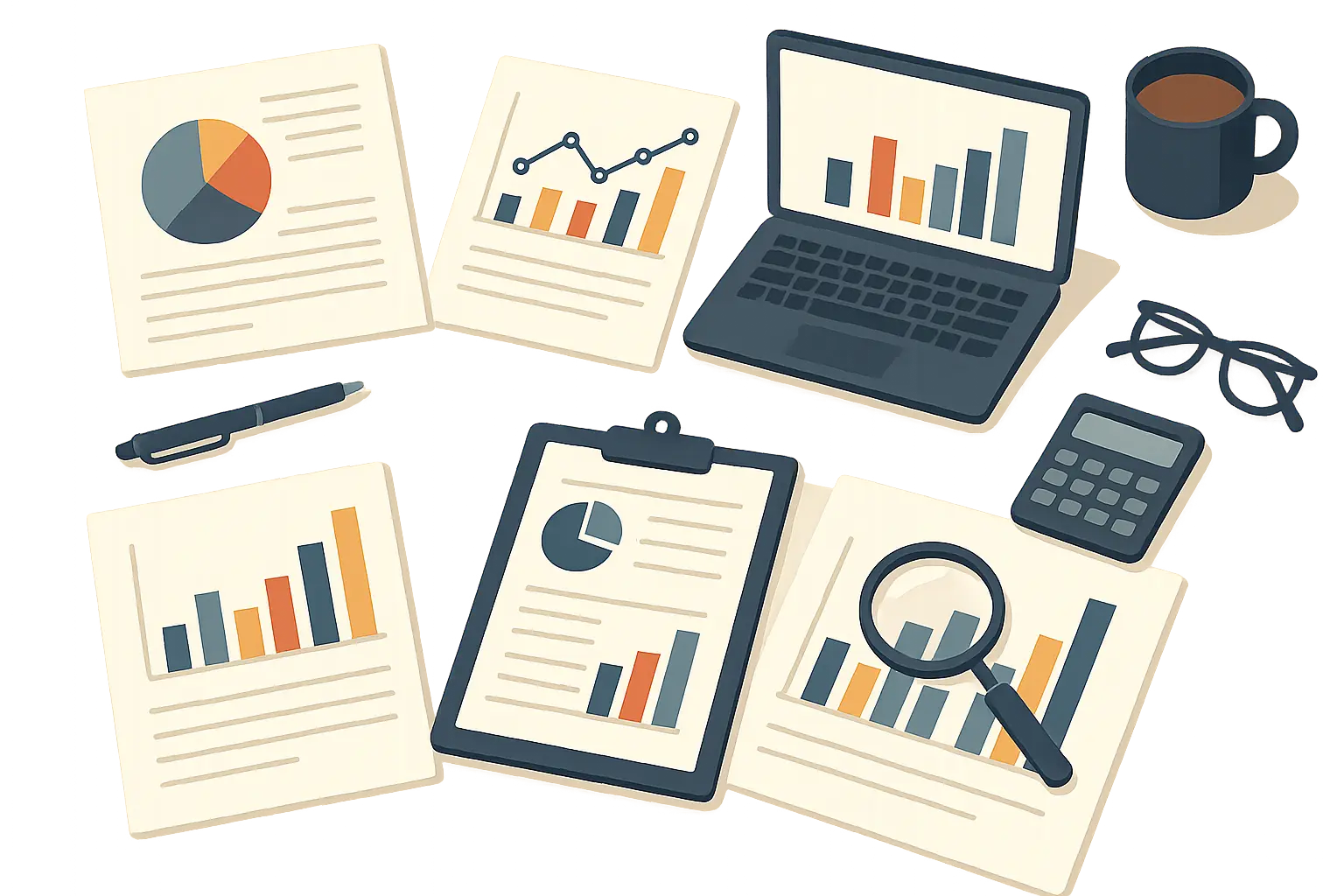
Retail and E-commerce Success Stories
Retail and e-commerce companies are way ahead of everyone else in demand forecasting, mostly because they have to be – the competition is brutal and margins are thin. These five examples show approaches ranging from Amazon’s AI-powered system to small Shopify merchants using basic analytics. The good news? Effective forecasting works at any business size if you do it right.
1. Amazon’s Dynamic Pricing and Demand Forecasting
Amazon’s forecasting system handles over 400 million products across multiple countries, but what makes it remarkable isn’t the scale – it’s how they integrate everything. They combine real-time sales data with browsing patterns, competitor pricing, weather forecasts, and even social media sentiment.
Look, Amazon’s system sounds scary complex, but strip away the buzzwords and it’s really just good math applied to clean data. They’re constantly tweaking prices based on what’s selling, just like any smart store owner would do – except they’re doing it for millions of products at once.
Their machine learning algorithms adjust prices and inventory levels continuously, generating $1+ billion in annual inventory savings through improved forecast accuracy.
Key Implementation Elements:
-
Real-time data processing from customer touchpoints
-
Price elasticity estimation using machine learning
-
Weather and event data integration
-
Automated replenishment based on demand signals
The complexity level is insane, requiring specialized teams and custom infrastructure. But here’s the thing – the core principles (data integration, real-time adjustment, automated response) work for businesses of any size.
2. Zara’s Fast Fashion Demand Sensing
Zara revolutionized fashion retail by treating demand forecasting as trend detection rather than traditional sales prediction. They process daily sales data from 2,000+ stores alongside social media sentiment analysis and fashion week insights to identify micro-trends within weeks.
Here’s what Zara doesn’t tell you in their success stories – they probably failed miserably for the first few seasons while figuring this out. Fast fashion is brutal, and I guarantee they had warehouses full of ugly sweaters nobody wanted before they cracked the code.
Their two-week production cycles respond to actual demand signals rather than seasonal predictions made months in advance. This approach reduces markdowns by 15-20% while maintaining higher full-price sell-through rates.
Implementation Strategy:
-
Daily sales analysis across all locations
-
Social media trend identification
-
Rapid prototyping and limited production runs
-
Continuous feedback loops between retail and production
The system requires significant investment in data infrastructure and supply chain flexibility, but smaller retailers can adapt the core concept of rapid response to demand signals.
3. Walmart’s Collaborative Planning, Forecasting & Replenishment (CPFR)
Walmart’s approach focuses on supplier collaboration rather than internal forecasting sophistication. They share sales data and demand forecasts with suppliers, who contribute production capacity information and market intelligence.
This collaborative model improves forecast accuracy by 10-15% while reducing inventory levels across the entire supply chain. Suppliers can plan production more effectively, while Walmart maintains better stock availability.
Core Components:
-
Shared forecasting platforms with key suppliers
-
Joint business planning sessions
-
Exception-based management for forecast deviations
-
Performance metrics shared across partners
Medium complexity implementation that requires strong supplier relationships and data sharing agreements. The collaborative approach works particularly well for businesses with concentrated supplier bases.
A regional grocery chain with 50 stores implemented a simplified version of Walmart’s approach with their top 10 suppliers representing 60% of inventory value. They created a shared weekly forecasting meeting where suppliers could see sales trends and upcoming promotions while sharing their production constraints and cost fluctuations.
Within six months, the grocery chain reduced stockouts by 18% and inventory holding costs by 12%, while suppliers improved their production planning efficiency by 15%. The key was starting with high-impact suppliers rather than trying to collaborate with all vendors simultaneously.
4. Target’s Seasonal Demand Forecasting
Target combines traditional retail forecasting with location-specific adjustments using weather forecasts, local events, and demographic data. Their system optimizes inventory placement across stores rather than just predicting total demand.
They achieve 12-18% improvement in seasonal category performance by adjusting assortments based on local factors. A store in Minnesota stocks different seasonal items than one in Florida, even for the same time period.
Technical Approach:
-
Weather correlation analysis for seasonal products
-
Local event calendar integration
-
Demographic-based assortment planning
-
Store-level inventory optimization
The methodology balances sophistication with practicality, making it adaptable for regional retailers with multiple locations.
5. Shopify Merchants’ Predictive Analytics
Small to medium e-commerce businesses using Shopify prove that effective forecasting doesn’t require enterprise-level complexity. They use built-in analytics combined with third-party apps to analyze historical sales patterns and identify trends.
Successful Shopify merchants achieve 8-12% improvement in inventory turnover by applying basic statistical methods to their sales data. The key is consistency in analysis and willingness to adjust based on results.
Simple Implementation:
-
Historical sales trend analysis
-
Seasonal pattern identification
-
Basic promotional impact measurement
-
Inventory level optimization based on lead times
Low to medium complexity that proves sophisticated forecasting principles work at any scale when properly applied.
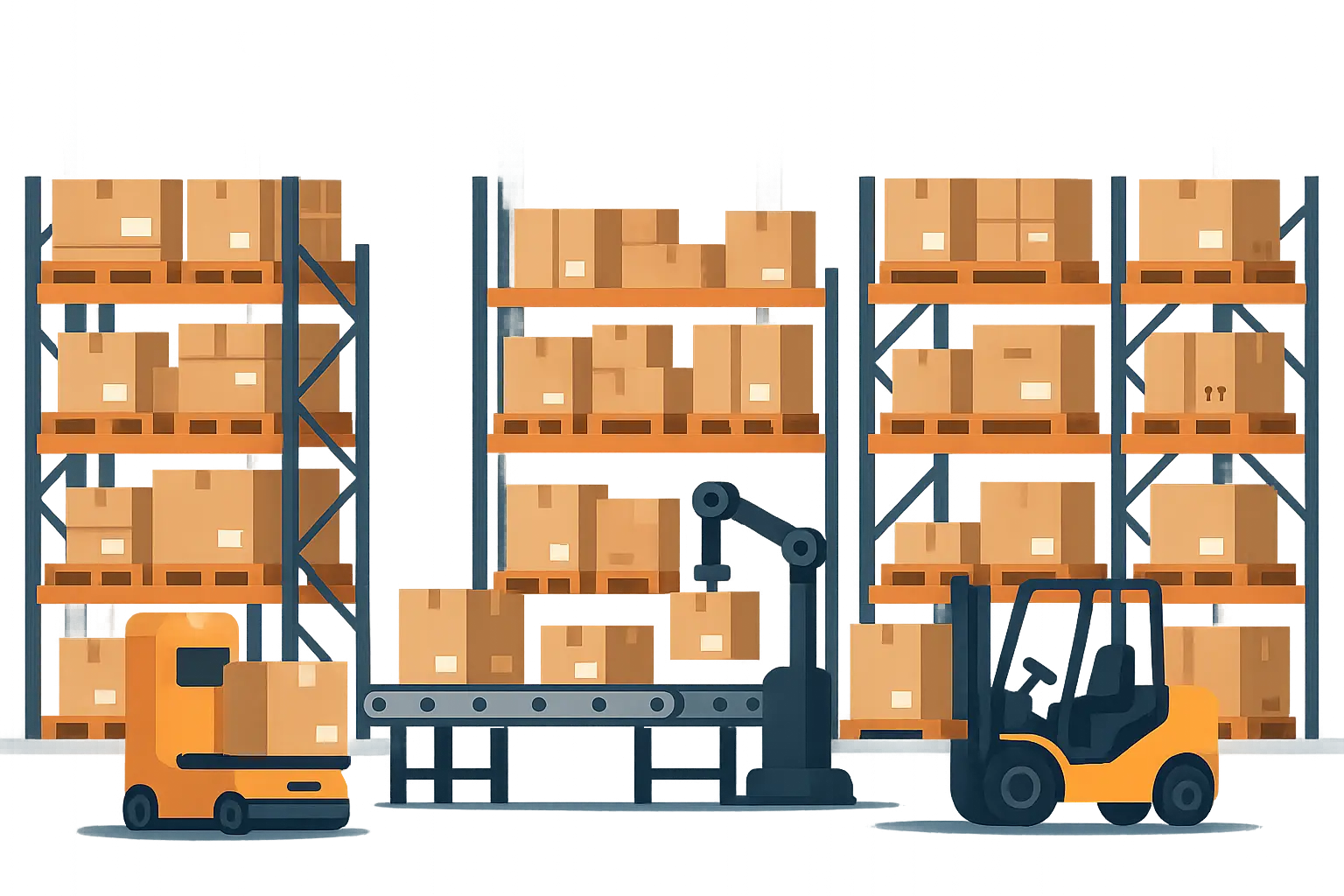
Manufacturing and Supply Chain Wins
Manufacturing companies face unique forecasting headaches due to long production lead times, complex supply chains, and the high cost of inventory versus stockouts. These five examples show how manufacturers from Toyota’s lean system to small automotive parts suppliers use demand forecasting to optimize production schedules, reduce waste, and improve customer service levels.
6. Toyota’s Lean Manufacturing Demand Forecasting
Toyota’s Production System integrates demand forecasting directly into manufacturing operations through their kanban system. They use dealer orders, economic indicators, and market intelligence to create production schedules that respond to actual demand rather than forecasts alone.
Their approach achieves 95%+ on-time delivery while maintaining minimal inventory levels. The system adapts to demand changes within weekly production cycles, preventing both overproduction and stockouts.
Integration Strategy:
-
Kanban system linked to real demand signals
-
Supplier collaboration for component forecasting
-
Monthly planning with weekly adjustments
-
Global economic indicator integration
High complexity implementation requiring significant organizational change, but the principles of demand-driven production apply to manufacturers of any size.
7. Boeing’s Aerospace Demand Planning
Before you get all excited about Boeing’s 20-year forecasting (seriously, who plans that far ahead?), understand what they’re actually doing. Boeing forecasts aircraft demand 20+ years into the future using economic growth projections, airline fleet replacement cycles, and geopolitical analysis. Their long-term approach balances massive development investments with uncertain future demand.
They achieve forecast accuracy within 5-10% for 10-year horizons by focusing on fundamental drivers rather than short-term fluctuations. This accuracy enables billion-dollar investment decisions in new aircraft programs.
Long-term Methodology:
-
Economic growth correlation analysis
-
Fleet replacement cycle modeling
-
Geopolitical risk assessment
-
Technology adoption curve integration
Extremely high
Extremely high complexity suitable for industries with long development cycles and high capital requirements.
8. Procter & Gamble’s Demand-Driven Supply Network
P&G transformed from push-based to pull-based supply chain using real-time demand sensing and collaborative forecasting with major retailers. They reduced inventory levels by 20% while improving service levels to 98%+.
Their system processes point-of-sale data from retailers to detect demand changes weeks before they appear in traditional order patterns. This early warning system enables proactive supply chain adjustments.
Network Transformation:
-
Real-time POS data integration
-
Collaborative forecasting with retailers
-
Demand sensing algorithms
-
Supply chain optimization based on actual consumption
High complexity requiring strong retailer partnerships and advanced analytics capabilities.
9. 3M’s Industrial Products Forecasting
3M manages demand forecasting for thousands of industrial products across diverse markets using a tiered approach. High-volume products use sophisticated statistical methods, while low-volume items rely on customer input and market intelligence.
They achieve 85%+ forecast accuracy for major product lines by matching forecasting complexity to product characteristics and market dynamics. This segmented approach optimizes resource allocation across their vast product portfolio.
Tiered Approach:
-
Statistical forecasting for high-volume products
-
Customer collaboration for specialized items
-
Market intelligence integration
-
Exception-based management for unusual patterns
Medium complexity that demonstrates how large product portfolios can be managed efficiently through segmentation.
10. Small Manufacturing Success Story
A regional automotive parts manufacturer with 50 employees implemented exponential smoothing with seasonal adjustments to improve inventory management. They reduced stockouts by 25% while cutting inventory levels by 15%.
Their success came from consistent application of simple methods rather than sophisticated algorithms. Weekly forecast reviews and monthly model adjustments kept the system responsive to changing conditions.
Simple Implementation:
-
Exponential smoothing for trend detection
-
Seasonal adjustment factors
-
Weekly forecast review meetings
-
Monthly model parameter updates
Low complexity proving that small manufacturers can achieve significant results with basic statistical methods and disciplined processes.

Technology and Software Breakthroughs
Technology companies face unique forecasting challenges including rapid growth, network effects, and digital product scalability. These four case studies show how tech companies from Microsoft’s cloud services to mobile game developers use forecasting to predict resource needs, user growth, and revenue patterns in highly dynamic markets.
11. Microsoft’s Cloud Services Capacity Planning
Microsoft Azure uses machine learning to predict computing resource demand across global data centers, incorporating usage patterns, customer growth trends, and seasonal variations. Their system automatically scales capacity to meet demand while optimizing costs.
They achieve 99.9%+ service availability while minimizing unused capacity through predictive scaling. The system processes millions of usage signals to forecast demand hours to months in advance.
Capacity Planning System:
-
Real-time usage monitoring across data centers
-
Customer growth trajectory analysis
-
Seasonal and event-driven spike prediction
-
Automated resource allocation and scaling
High complexity requiring specialized cloud infrastructure expertise, but the principles apply to any service business managing capacity constraints.
12. Salesforce’s SaaS Demand Forecasting
Salesforce predicts customer acquisition and churn using lead scoring, usage analytics, and market expansion models. Their forecasting drives revenue projections and resource allocation across sales, marketing, and development teams.
They achieve 90%+ accuracy in quarterly revenue forecasts by combining leading indicators (trial usage, feature adoption) with traditional sales pipeline analysis. This accuracy enables confident investment decisions in growth initiatives.
SaaS Forecasting Model:
-
Lead scoring and conversion prediction
-
Usage analytics for churn prediction
-
Market expansion opportunity analysis
-
Resource requirement forecasting
Medium complexity suitable for subscription-based businesses with sufficient user data and analytics infrastructure.
|
Technology Sector |
Technology Sector |
Forecasting Focus |
Key Metrics |
Implementation Complexity |
|---|---|---|---|---|
|
Cloud Services |
Capacity and resource demand |
Service availability 99.9%+, Cost optimization |
High – Real-time processing required |
|
|
SaaS Platforms |
Customer acquisition and churn |
Revenue forecast accuracy 90%+, LTV prediction |
Medium – Requires user analytics |
|
|
Mobile Gaming |
Player behavior and monetization |
Revenue per user improvement 15-25% |
Medium – Game analytics expertise |
|
|
Software Startups |
User growth and scalability |
Growth planning accuracy 20-30% |
Low-Medium – Basic analytics sufficient |
13. Gaming Industry: Mobile Game Revenue Forecasting
Mobile game companies use player behavior analytics, in-app purchase patterns, and user lifecycle models to predict revenue and optimize monetization strategies. Successful games achieve 15-25% improvement in revenue per user through better forecasting.
They track player progression, spending patterns, and engagement metrics to predict lifetime value and optimize game features for revenue generation. This data-driven approach guides both game design and marketing investment decisions.
Gaming Analytics Approach:
-
Player behavior pattern analysis
-
In-app purchase prediction models
-
User lifecycle and retention forecasting
-
A/B testing for monetization optimization
Medium complexity requiring game analytics expertise and player data infrastructure.
14. Software Startup Growth Forecasting
Early-stage SaaS companies use cohort analysis, conversion funnel metrics, and market sizing to forecast user growth and revenue projections. Successful startups achieve 20-30% improvement in growth planning accuracy.
They focus on leading indicators such as trial-to-paid conversion rates, monthly active users, and customer acquisition costs to predict sustainable growth patterns. This forecasting guides fundraising and hiring decisions.
Startup Growth Model:
-
Cohort analysis for retention patterns
-
Conversion funnel optimization
-
Market sizing and penetration analysis
-
Unit economics and scalability modeling
Low to medium complexity suitable for startups with basic analytics capabilities and consistent data collection.
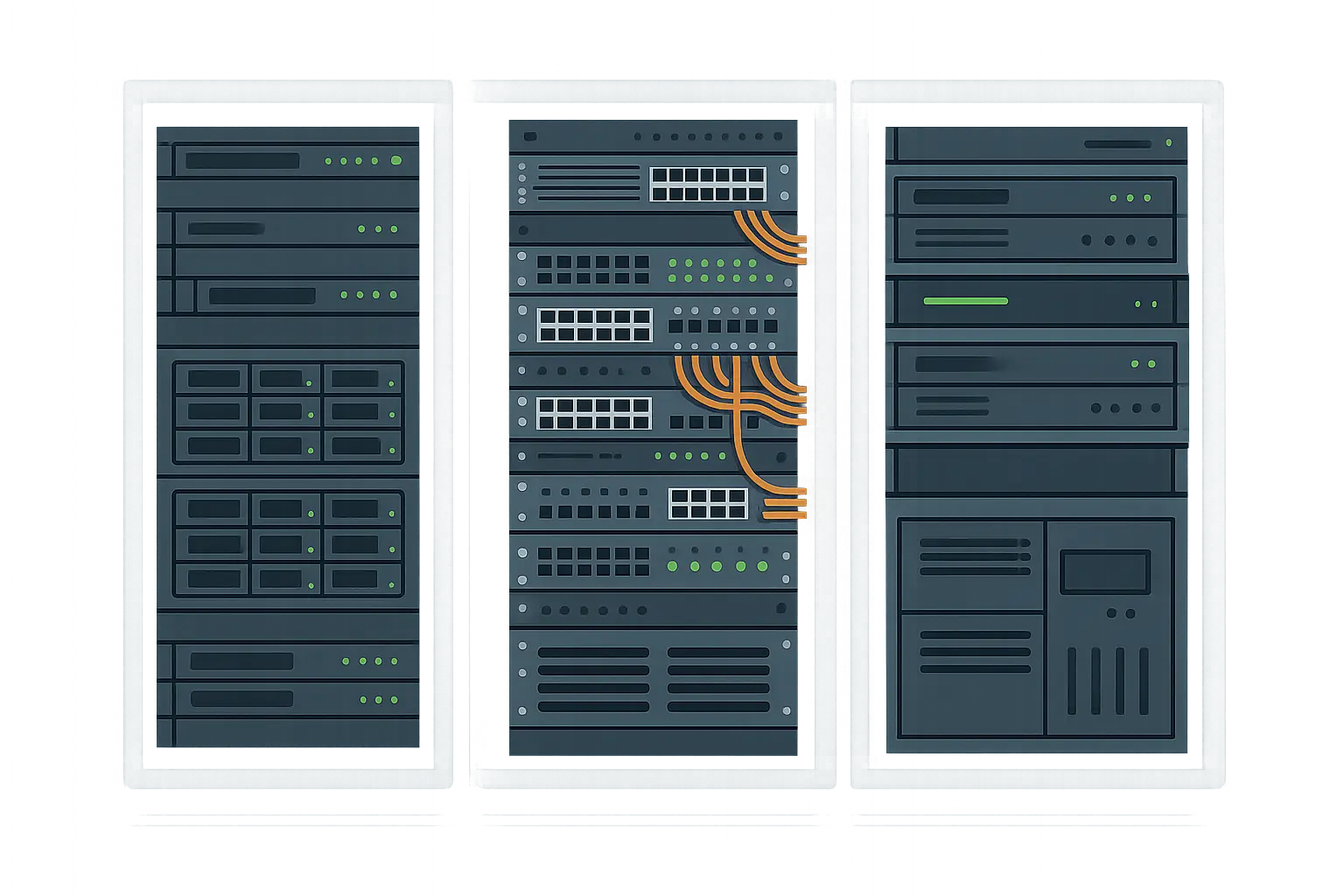
Healthcare and Pharmaceutical Solutions
Healthcare organizations must balance cost control with patient care quality, making accurate demand forecasting critical for resource allocation and patient outcomes. These four case studies demonstrate how hospitals, pharmaceutical companies, and healthcare providers use forecasting to optimize everything from bed capacity to drug inventory while maintaining high service levels.
15. Hospital Bed Capacity Forecasting
Hospitals use patient admission patterns, seasonal illness trends, and demographic data to predict bed occupancy and optimize staffing levels. Leading hospitals achieve 85-90% bed utilization while maintaining capacity for emergency admissions.
Their systems integrate historical admission data with local health trends, weather patterns (for emergency admissions), and scheduled procedure volumes to forecast daily and weekly capacity needs.
Hospital Forecasting System:
-
Historical admission pattern analysis by department
-
Local disease outbreak information integration
-
Weather correlation for emergency admissions
-
Staff scheduling optimization based on predicted demand
Medium complexity requiring healthcare data expertise and integration with hospital management systems.
16. Pharmaceutical Drug Demand Forecasting
Pharmaceutical companies predict drug demand using epidemiological data, prescription trends, competitor analysis, and regulatory factors. Major pharma companies achieve forecast accuracy within 10-15% for established drugs.
They combine disease prevalence data with prescription patterns, insurance coverage changes, and competitive landscape analysis to forecast demand years in advance. This accuracy guides production planning and inventory investment decisions.
Pharmaceutical Forecasting Model:
-
Epidemiological data and disease trend analysis
-
Prescription pattern and physician behavior modeling
-
Competitive landscape and market share analysis
-
Regulatory impact assessment
High complexity requiring specialized pharmaceutical market knowledge and access to industry data sources.
A mid-sized regional hospital system with 5 hospitals implemented a simplified bed capacity forecasting system by analyzing three years of admission data combined with local flu surveillance reports and scheduled surgery volumes. They discovered that emergency admissions increased 35% during flu season and correlated strongly with local school closure announcements. By adjusting staffing schedules and discharge planning two weeks ahead of predicted peaks, they improved bed utilization from 78% to 86% while reducing patient wait times by 22%. The system required only basic Excel analysis and weekly data updates, proving that healthcare forecasting doesn’t need sophisticated technology to deliver results.
17. Medical Device Manufacturing
Medical device companies forecast demand using hospital capital expenditure cycles, regulatory approval timelines, and demographic health trends. Successful companies achieve 12-18% improvement in inventory turnover through better forecasting.
They track hospital purchasing patterns, technology adoption curves, and demographic health trends to predict device demand. The long sales cycles require forecasting accuracy months to years in advance.
Device Demand Planning:
-
Hospital capital expenditure cycle analysis
-
Technology adoption curve modeling
-
Demographic health trend integration
-
Regulatory approval timeline impact
Medium complexity requiring understanding of healthcare purchasing cycles and regulatory environments.
18. Pharmacy Chain Inventory Management
Regional pharmacy chains use prescription refill patterns, seasonal health trends, and local demographic data to optimize inventory levels across locations. They achieve 10-15% reduction in inventory costs while maintaining 98%+ prescription fill rates.
Their systems track prescription refill cycles, seasonal illness patterns, and local demographic health needs to predict medication demand at individual pharmacy locations. This granular forecasting prevents both stockouts and expired inventory.
Pharmacy Inventory System:
-
Prescription refill pattern analysis
-
Seasonal health trend correlation
-
Local demographic health profiling
-
Automated reorder point optimization
Low to medium complexity suitable for regional chains with basic pharmacy management systems and consistent data collection.

Food and Beverage Innovations
Food and beverage companies face unique forecasting challenges including perishability, weather sensitivity, and cultural factors that influence consumption patterns. These four case studies show how companies from global giants like Coca-Cola to local craft breweries use demand forecasting to optimize production, reduce waste, and improve profitability in highly competitive markets.
19. Coca-Cola’s Global Demand Planning
Coca-Cola integrates weather data, economic indicators, promotional activities, and cultural events to forecast beverage demand across diverse global markets. They achieve 90%+ forecast accuracy for major markets through comprehensive data integration.
Their system processes temperature correlations, cultural event calendars, economic conditions, and promotional lift factors to predict consumption patterns months in advance. This accuracy enables optimal production planning and distribution.
Global Forecasting Integration:
-
Weather-based demand modeling for temperature-sensitive products
-
Cultural and religious event impact analysis
-
Sports and entertainment event correlation
-
Economic indicator integration for premium product forecasting
High complexity requiring global data infrastructure and cultural market expertise.
20. McDonald’s Supply Chain Forecasting
McDonald’s predicts ingredient demand using restaurant-level sales data, promotional calendars, and local market factors to optimize supply chain efficiency. They reduce food waste by 12-15% while maintaining consistent product availability.
Their system forecasts demand for hundreds of ingredients across thousands of locations, accounting for promotional impacts, seasonal variations, and local preferences. This granular forecasting enables just-in-time delivery and waste reduction.
Supply Chain Optimization:
-
Restaurant-level sales pattern analysis
-
Promotional impact modeling
-
Local market factor integration
-
Ingredient-level demand forecasting
Medium complexity requiring extensive point-of-sale data integration and supply chain coordination.
21. Craft Brewery Seasonal Forecasting
I remember working with this small brewery owner who was convinced he needed some AI-powered system. Turns out, tracking weather patterns and local events in a simple spreadsheet saved him $50K in the first year.
Small craft breweries use seasonal sales patterns, local event calendars, and weather forecasts to plan production schedules and inventory levels. Successful breweries achieve 15% reduction in overproduction while improving cash flow.
They track seasonal beer preferences, local festival schedules, and weather patterns to optimize brewing schedules. This simple but effective approach prevents overproduction of seasonal varieties while ensuring adequate supply for peak periods.
Brewery Production Planning:
-
Seasonal sales pattern identification
-
Local event calendar integration
-
Weather impact correlation
-
Production schedule optimization
Low to medium complexity suitable for small breweries with basic sales tracking and seasonal awareness.
22. Restaurant Chain Menu Planning
Multi-location restaurant chains analyze menu item performance, seasonal preferences, and local demographics to optimize menu offerings and ingredient procurement. They achieve 8-12% improvement in food cost management through better forecasting.
Their systems track item-level sales performance across locations, identifying seasonal trends and regional preferences to guide menu planning and ingredient purchasing decisions.
Menu Optimization System:
-
Item-level sales performance tracking
-
Seasonal preference analysis
-
Regional demographic correlation
-
Ingredient procurement optimization
Medium complexity requiring comprehensive POS data analysis and menu management capabilities.
Energy and Utilities Transformations
Energy and utility companies must balance supply and demand in real-time while managing infrastructure investments and regulatory requirements. These three case studies demonstrate how utilities use forecasting to optimize power generation, manage grid stability, and integrate renewable energy sources while maintaining reliable service.
23. Electric Utility Load Forecasting
Electric utilities predict power demand using weather forecasts, economic activity indicators, and historical consumption patterns to optimize generation and distribution. Leading utilities achieve 95%+ forecast accuracy for daily load predictions.
Their systems process temperature correlations, industrial customer schedules, and economic indicators to forecast electricity demand from hours to years in advance. This accuracy enables optimal generation scheduling and grid stability management.
Load Forecasting System:
-
Hourly load forecasting using temperature correlations
-
Industrial customer demand integration
-
Renewable energy generation forecasting
-
Peak demand management and grid stability optimization
High complexity requiring specialized utility expertise and real-time data processing capabilities.
24. Natural Gas Distribution Forecasting
Gas utilities forecast demand using weather predictions, industrial customer schedules, and seasonal heating/cooling patterns. They achieve 10-15% improvement in supply chain efficiency through better demand prediction.
Their systems balance residential heating demand with industrial usage patterns, accounting for weather variations and economic activity levels to optimize gas procurement and distribution.
Gas Demand Planning:
-
Weather-based residential demand modeling
-
Industrial customer usage pattern analysis
-
Seasonal heating/cooling correlation
-
Supply procurement optimization
Medium complexity requiring weather data integration and customer usage analysis capabilities.
25. Solar Energy Production Forecasting
Solar energy companies predict power generation using weather forecasts, seasonal sun patterns, and equipment performance data to optimize energy trading and grid integration. They achieve 85-90% accuracy in daily production forecasts.
Their systems process solar irradiance forecasts, cloud cover predictions, and equipment performance data to predict energy output for trading and grid management purposes.
Solar Production Forecasting:
-
Solar irradiance and weather correlation
-
Equipment performance monitoring
-
Seasonal sun pattern analysis
-
Energy trading optimization
Medium complexity requiring meteorological expertise and renewable energy system knowledge.
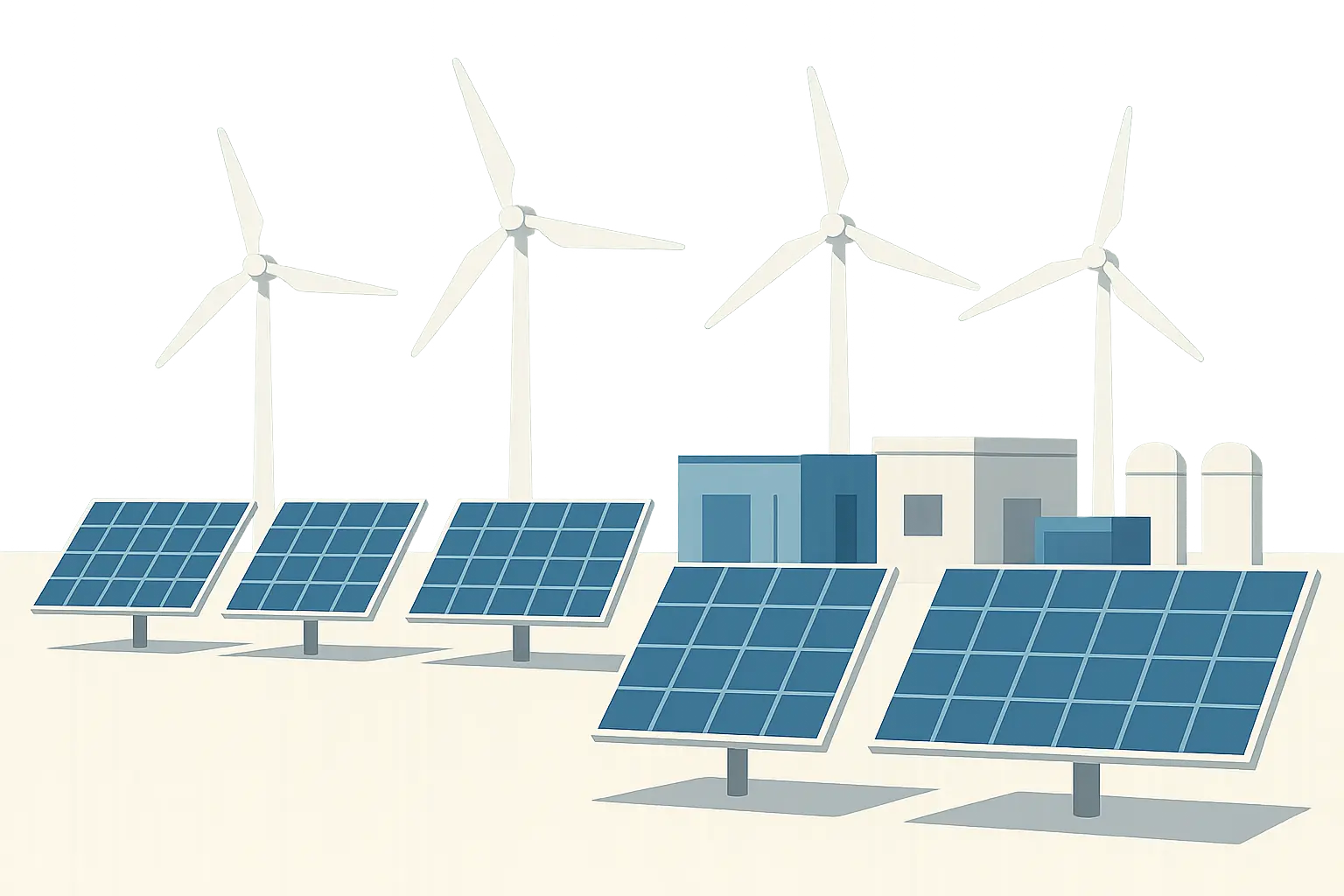
How to Figure Out What’ll Work for Your Business
Choosing the right demand forecasting approach requires taking a hard look at your data situation, what your industry actually needs, what your team can handle, and where you want to go. This framework helps you figure out which case studies offer the most relevant insights for your specific situation while avoiding the common mistakes that waste time and money.
Data Quality Assessment: Your Foundation Reality Check
Before you get all excited about Amazon’s sophisticated algorithms, take a brutally honest look at your data situation. Do you have clean historical sales data going back at least two years? Can you actually integrate external data sources like weather or economic indicators?
The craft brewery case study might be way more relevant than Boeing’s aerospace forecasting if your data infrastructure looks more like the former than the latter. Start with what you can actually implement rather than what sounds cool at networking events.
Data Readiness Checklist:
-
Historical sales data completeness and accuracy
-
External data source availability and integration capability
-
Data cleaning and preparation resource requirements
-
Real-time data processing needs and capabilities
Industry Relevance: Context Beats Complexity Every Time
Pharmaceutical forecasting techniques won’t help your seasonal retail business, regardless of how sophisticated they sound. Focus on case studies that share your industry’s characteristics: seasonality patterns, customer behavior, supply chain complexity, and regulatory environment.
The hospital bed capacity case study offers more relevant insights for service businesses than manufacturing examples, even if the specific industry differs. Look for similar business model characteristics rather than identical industries.
Resource Reality: Matching Ambition to What You Can Actually Handle
Amazon’s system requires 50+ data scientists and millions in infrastructure investment. The craft brewery approach needs one person and basic spreadsheet skills. Be brutally honest about what your team can actually handle and your timeline constraints.
Resource Assessment Framework:
-
Technical expertise available internally
-
Budget for software, hardware, and training
-
Implementation timeline and organizational change capacity
-
Ongoing maintenance and improvement resources
Implementation Complexity Spectrum
Simple Approaches (1-3 months):
-
Craft brewery seasonal forecasting
-
Small manufacturer exponential smoothing
-
Pharmacy chain inventory optimization
Medium Complexity (6-12 months):
-
Target’s seasonal forecasting
-
McDonald’s supply chain optimization
-
Hospital capacity planning
High Complexity (18-36 months):
-
Amazon’s dynamic pricing system
-
Toyota’s lean manufacturing integration
-
Coca-Cola’s global demand planning
Choose complexity levels that match your organizational maturity and resource availability rather than your fantasy of what your business could become with unlimited resources.
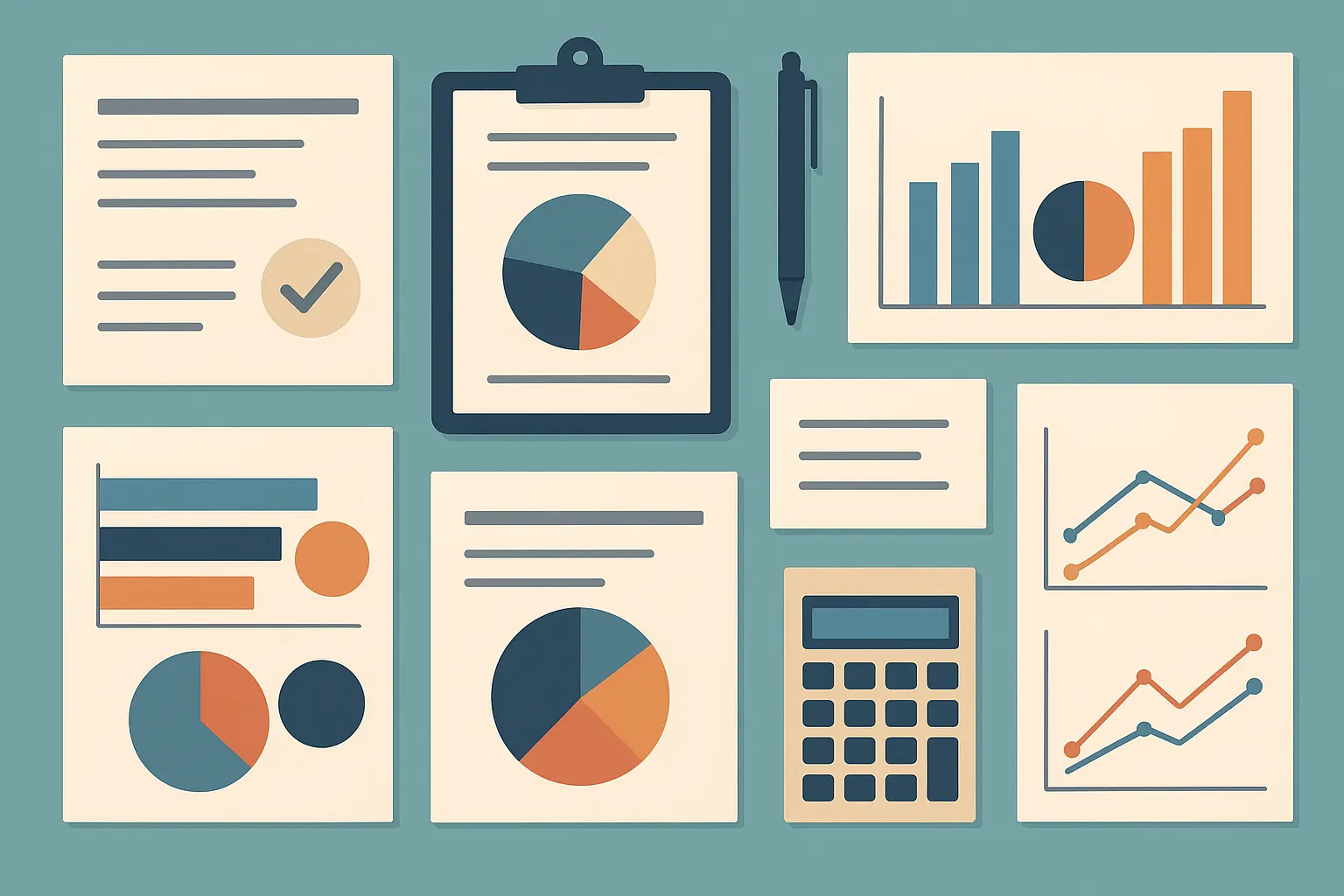
Your Roadmap: From Simple to Sophisticated
Successful demand forecasting implementation follows a progressive approach, starting with basic statistical methods and gradually adding complexity as your capabilities mature. This roadmap provides a practical path from simple Excel-based forecasting to sophisticated machine learning systems, with clear milestones and success metrics at each stage.
Phase 1: Getting Your Feet Wet (Months 1-3)
Okay, let’s be real here. You’re going to start with Excel and some basic math. Don’t feel bad about it – even Amazon started this way. Your goal isn’t to impress anyone, it’s to stop guessing and start using actual data to make decisions.
Start with basic statistical methods using existing data. Implement simple moving averages or exponential smoothing for your top products or services. Focus on data quality and consistent processes rather than sophisticated algorithms.
Foundation Objectives:
-
Clean and organize historical sales data
-
Implement basic forecasting methods
-
Establish regular forecast review processes
-
Measure baseline accuracy metrics
Success at this phase means consistent forecast generation and initial accuracy improvements of 5-10% over current methods.
Phase 2: Actually Getting Somewhere (Months 4-12)
This is where things get interesting, but also where most people give up. You’ll hit roadblocks, your data will be messier than you thought, and you’ll question whether this whole thing is worth it. Stick with it – this is where the real improvements happen.
Add external data sources like weather, economic indicators, or promotional calendars. Implement seasonal adjustments and trend analysis. Begin segmenting products or services by forecasting approach based on volume and predictability.
Enhancement Focus:
-
External data source integration
-
Seasonal pattern recognition and adjustment
-
Product/service segmentation by forecasting method
-
Exception reporting for unusual patterns
Target accuracy improvements of 10-20% over baseline methods while expanding forecasting coverage.
Phase 3: Advanced Analytics (Months 12-24)
Now we’re getting somewhere. Implement machine learning algorithms for complex patterns. Add real-time data processing capabilities. Develop collaborative forecasting with suppliers or customers. Create automated alert systems for forecast deviations.
Advanced Capabilities:
-
Machine learning algorithm implementation
-
Real-time data processing and adjustment
-
Collaborative forecasting partnerships
-
Automated exception management
Achieve accuracy improvements of 20-30% while reducing manual effort through automation.
Phase 4: Optimization and Scale (Months 24+)
Integrate forecasting with business planning processes. Implement advanced optimization for inventory, pricing, or capacity decisions. Develop scenario planning capabilities for strategic decision-making.
Optimization Goals:
-
Business process integration
-
Strategic scenario planning capabilities
-
Advanced optimization algorithms
-
Continuous improvement processes
Focus shifts from accuracy improvement to business impact optimization and strategic value creation.
|
Implementation Phase |
Timeline |
Complexity Level |
Expected ROI |
Key Success Metrics |
|---|---|---|---|---|
|
Phase 1: Foundation |
1-3 months |
Low |
50-100% |
5-10% accuracy improvement, consistent processes |
|
Phase 2: Enhancement |
4-12 months |
Medium |
100-200% |
10-20% accuracy improvement, expanded coverage |
|
Phase 3: Advanced Analytics |
12-24 months |
High |
200-300% |
20-30% accuracy improvement, automation |
|
Phase 4: Optimization |
24+ months |
Very High |
300-500%+ |
Strategic integration, business impact |
Success Metrics by Phase
Phase 1 Metrics:
-
Forecast accuracy improvement: 5-10% – Process consistency: Weekly forecast generation
-
Data quality: 95%+ complete historical data
Phase 2 Metrics:
-
Forecast accuracy improvement: 10-20%
-
Coverage expansion: 80%+ of products/services
-
External data integration: 2-3 sources
Phase 3 Metrics:
-
Forecast accuracy improvement: 20-30%
-
Automation level: 70%+ automated processes
-
Real-time capability: Daily or hourly updates
Phase 4 Metrics:
-
Business impact: Measurable ROI improvement
-
Strategic integration: Forecasting drives business decisions
-
Continuous improvement: Monthly model optimization
Common Implementation Pitfalls to Avoid
Over-engineering Early: Don’t start with complex machine learning when basic statistics would work better. Build foundation capabilities before adding sophistication.
Data Quality Shortcuts: Poor data quality will sabotage even the best algorithms. Invest time in data cleaning and validation before implementing advanced methods.
Ignoring Change Management: Forecasting success requires organizational adoption. Plan for training, process changes, and cultural adaptation from the beginning.
Perfectionism Paralysis: Start with “good enough” accuracy and improve iteratively rather than waiting for perfect solutions.
Here’s something nobody talks about – these systems only work if people actually use them. I’ve seen million-dollar forecasting platforms gathering digital dust because the sales team still orders based on “gut feeling.” Culture change is harder than technology change.
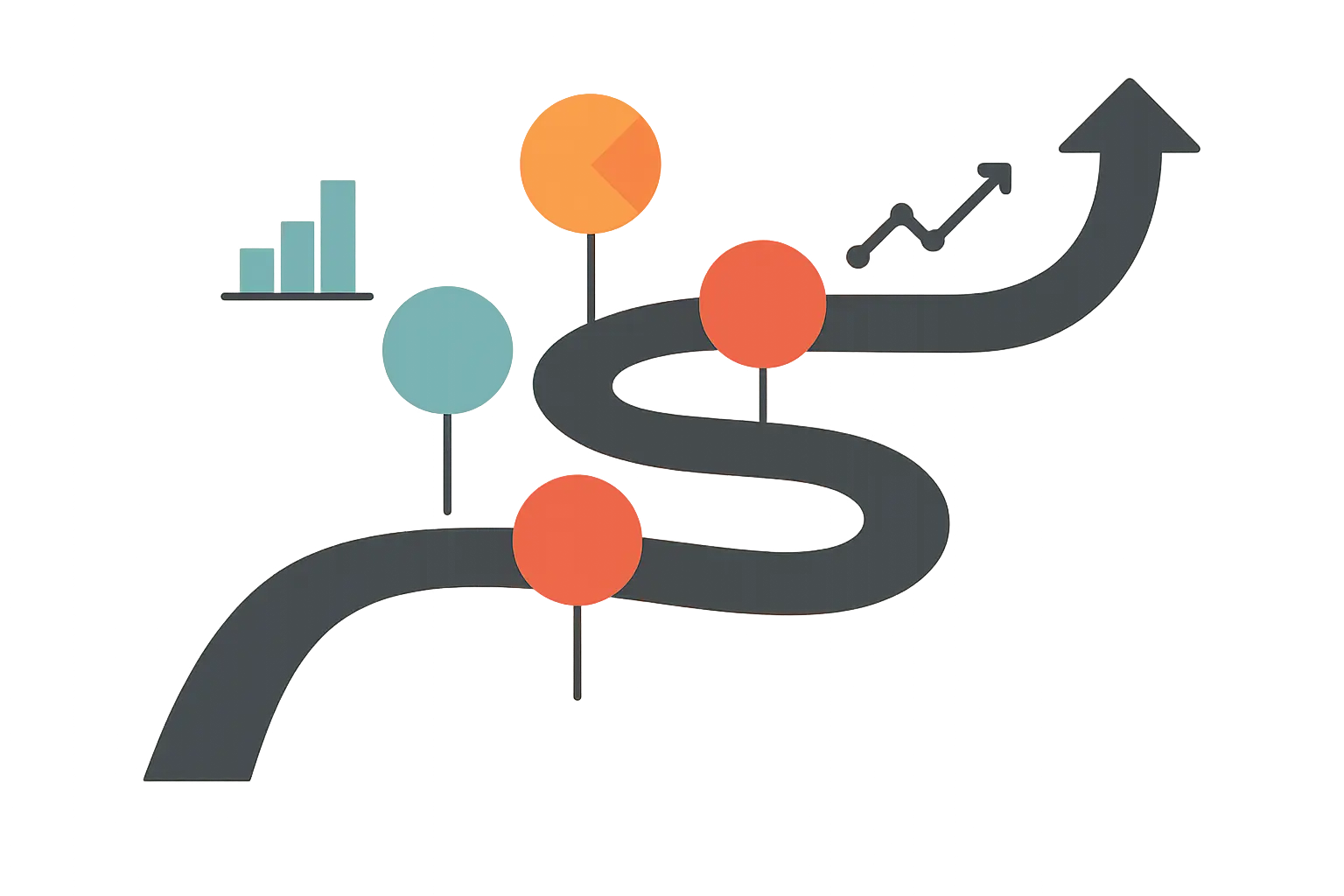
The Bottom Line
After digging through all these case studies, here’s what keeps me up at night – too many businesses think they need to choose between Amazon-level sophistication or complete guesswork. That’s garbage.
The craft brewery using weather data isn’t trying to compete with Amazon’s AI. They’re just trying to brew the right amount of beer so they don’t run out during Oktoberfest or end up dumping expired inventory. And you know what? That’s exactly what they should be doing.
The most important lesson from these 25 examples isn’t that you need Amazon’s billion-dollar infrastructure or Toyota’s decades of refinement. It’s that systematic, data-driven approaches to demand forecasting work at any scale when properly implemented.
Whether you’re a craft brewery using weather data to optimize seasonal production or a hospital system predicting bed capacity needs, the fundamental principles remain consistent: clean data, appropriate methodology, regular review processes, and continuous improvement based on results.
The companies achieving 10-30% inventory reductions and 15-25% service level improvements didn’t start with perfect systems. They began with basic approaches, measured results honestly, and built sophistication gradually as their capabilities matured.
Your forecasting journey should follow the same path. Start with the foundation phase using simple statistical methods on clean historical data. Focus on consistency and process discipline before adding complexity. Measure everything, learn from deviations, and build capabilities systematically.
Look, if someone promises you 500% ROI from forecasting, run. Most businesses see decent improvements – maybe 10-20% better inventory management, fewer stockouts, less stuff sitting around gathering dust. That might not sound sexy, but it adds up to real money pretty fast.
The ROI potential ranges from 50% to 500%+ depending on your starting point and implementation approach. Even modest improvements in forecast accuracy translate to significant business impact through better inventory management, improved customer service, and optimized resource allocation.
Your business doesn’t need to revolutionize forecasting. It just needs to stop wasting money on inventory that sits around and missing sales because you’re out of stock. Pick the approach that fits your actual situation, not your fantasy of what your business could become with unlimited resources.
The question isn’t whether demand forecasting can improve your business – these 25 case studies prove it can. The question is which approach matches your current capabilities and growth objectives. Choose wisely, start simply, and build systematically toward the sophistication level that serves your business best.
Start simple, measure everything, and don’t let perfect be the enemy of good enough. The companies saving millions didn’t start with perfect systems – they started with spreadsheets and got better over time. You can too.




